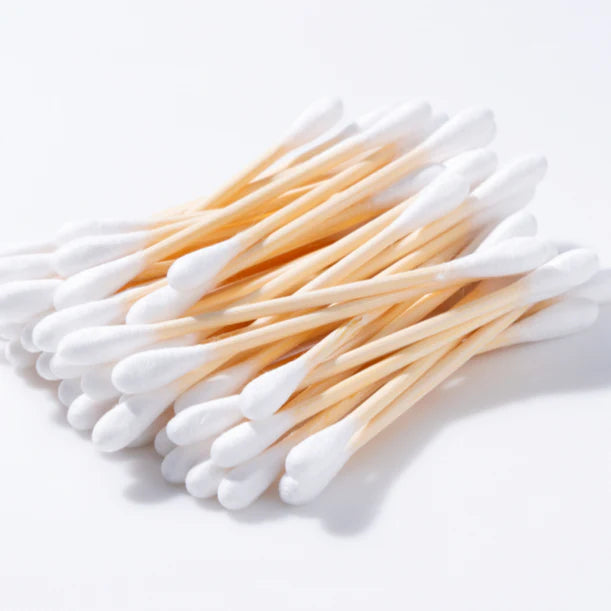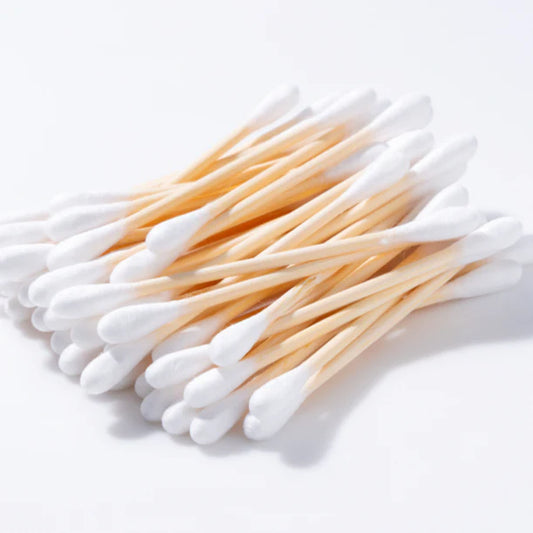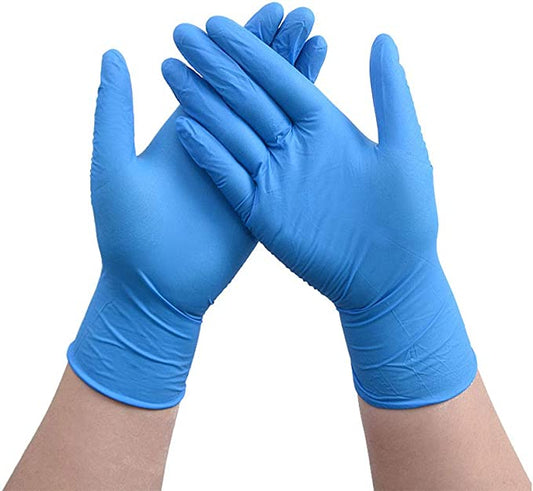Cotton Swab or Q-tip Testing is part of a multidisciplinary approach to the assessment of Vulvodynia and Vestibulodynia. It should be used in conjunction with other physical assessment techniques as well as psychosocial questionnaires.
How to Perform the Q-Tip test:
1) Have your client appropriately draped and supported with legs open
2) Ensure you have educated your client on what you will be doing and why and asked for informed consent
3) If your client is experiencing a lot of pain it may be beneficial to perform some general relaxation and desensitization to touch techniques away from the vulvar vestibule first to help build some rapport with the client
4) Use a gauze pad or your finger to gently hold the labia minora in place so the vulvar vestibule can be accessed
5) Divide the vestibule mentally into sections of a clock face where the urethral meatus is at 12:00. The 1:00 position is the part of the vestibule just left of the patient’s urethral meatus. The 6:00 position is the posterior fourchette. The 11:00 position is just to the right of the urethral meatus.
6) Use the cotton swab (or Q-tip) to apply pressure to each section of the clock at random and ask the client to rate the pain level on a scale of 1-10
7) Traditionally, all clock regions 1:00, 3:00, 5:00, 6:00, 7:00, 9:00 and 11:00 are randomly tested and given pain ratings
8)Document the pain levels according to each section of the clock face in your notes
A classic reading would be that the individual with a sexual pain history and consideration for vulvodynia would have, for example, a pain rating of 5/10 at the 1:00 position, while at the 9:00 position she may have a pain rating of 10/10. At the 5:00 position, she may have a pain rating of only 2/10.
How reliable is the Q-tip test?
The Q-tip test is considered clinically reliable, although it is possible for some extent of human error to occur, given that the Q-tip test requires the pressure on each section to be consistent.

 Login Or Register
Login Or Register
 Log in
Log in







